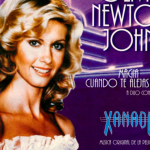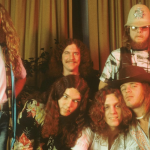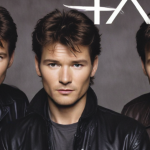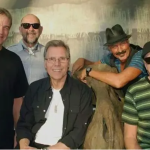“My True Story” – The Jive Five

Released in 1961, “My True Story” by The Jive Five is a classic doo-wop ballad that became the group’s most successful hit, reaching No. 3 on the Billboard Hot 100 and topping the R&B chart. The song is a poignant tale of heartbreak and youthful romance, combining smooth harmonies, emotional lyrics, and the distinctive vocal stylings of lead singer Eugene Pitt. “My True Story” epitomizes the doo-wop genre’s focus on vocal harmony and romantic themes, capturing the vulnerability and intensity of young love in a way that resonated deeply with listeners.
Musically, “My True Story” is a quintessential example of early 1960s doo-wop. The song is built around rich vocal harmonies, with the members of The Jive Five providing a lush backdrop to Eugene Pitt’s lead vocals. The simple instrumentation, featuring soft percussion, bass, and subtle guitar, allows the vocals to take center stage. The song’s structure follows the classic doo-wop pattern, with call-and-response harmonies and a slow, steady rhythm that complements the emotional tone of the lyrics. The blend of voices, particularly Pitt’s powerful and expressive delivery, creates a haunting, melancholic atmosphere that underscores the song’s theme of lost love.

Lyrically, “My True Story” tells the tale of a love affair gone wrong, with the narrator reflecting on his heartbreak and betrayal. The opening line, “Cry, cry, cry, whoa-uh-oh-oh,” sets the tone for the song, immediately conveying a sense of sorrow and regret. As the song unfolds, the narrator recounts how his lover left him for someone else, leaving him devastated. The repeated refrain, “This is my true story,” adds a personal, confessional element to the song, making it feel like a raw and honest expression of pain. The simplicity of the lyrics, paired with their emotional weight, makes the song relatable to anyone who has experienced heartache.

One of the standout features of “My True Story” is Eugene Pitt’s lead vocal performance. His voice is both smooth and deeply emotional, effortlessly conveying the anguish and longing at the heart of the song. Pitt’s ability to shift from a soft, crooning delivery to more powerful, impassioned moments gives the song a dynamic quality, drawing listeners into the narrator’s emotional journey. His falsetto, particularly in the chorus, adds an extra layer of vulnerability, heightening the sense of heartbreak and despair.
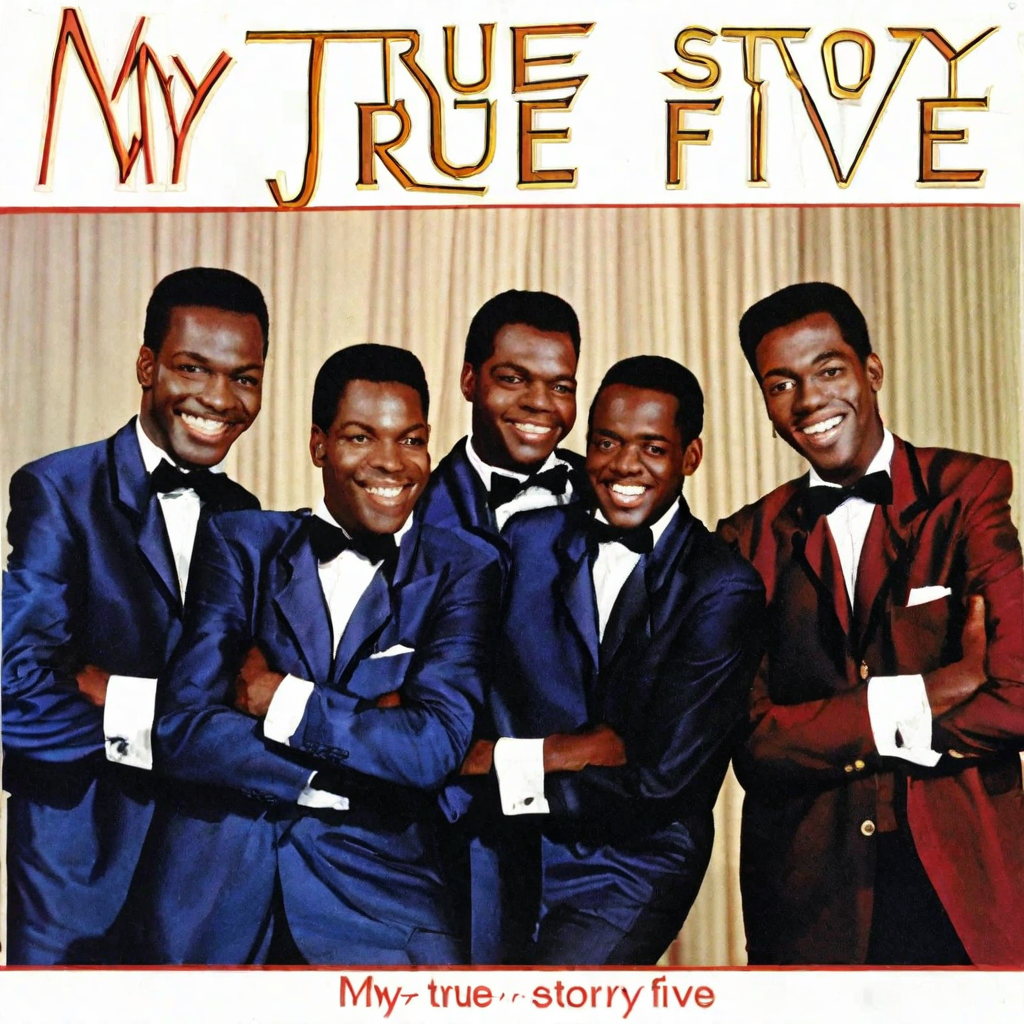
“My True Story” also stands out within the broader context of doo-wop music for its emotional intensity. While many doo-wop songs of the era focused on lighthearted romance or upbeat, danceable rhythms, “My True Story” delves into the darker, more painful side of love. Its slower tempo and sorrowful tone set it apart from more cheerful doo-wop hits, making it a more introspective and poignant contribution to the genre. This emotional depth is part of what made the song so resonant with audiences at the time and why it remains a beloved classic today.

The song’s success helped establish The Jive Five as one of the standout groups of the doo-wop era. While they never quite replicated the massive success of “My True Story,” the song’s impact on their career was significant. It showcased their talent for vocal harmony and their ability to tap into the emotional core of a song, qualities that earned them a dedicated fanbase. “My True Story” also helped cement the group’s place in the rich tradition of African American vocal harmony groups, contributing to the legacy of doo-wop music.
In conclusion, “My True Story” by The Jive Five is a timeless doo-wop ballad that captures the emotional intensity of lost love. With its haunting harmonies, heartfelt lyrics, and Eugene Pitt’s soulful lead vocals, the song stands as a poignant and memorable entry in the doo-wop canon. Its success on both the pop and R&B charts speaks to its universal appeal, and its enduring popularity ensures that it remains a classic of the early 1960s music scene. “My True Story” is a testament to the power of simple, heartfelt storytelling in music and continues to resonate with listeners more than six decades after its release.
